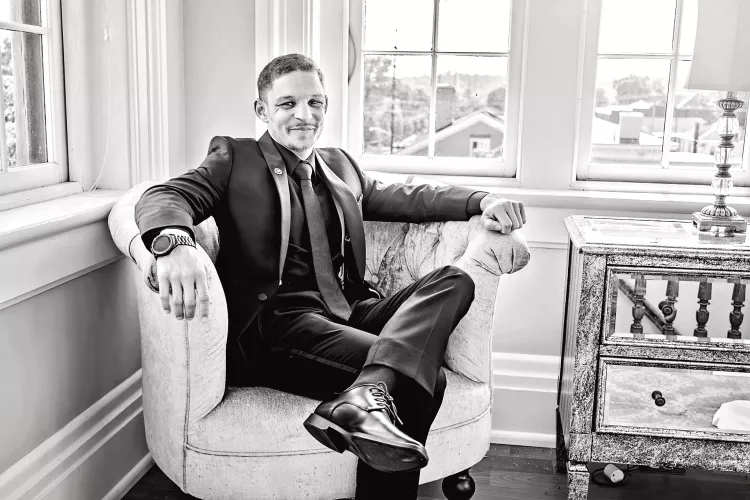News & Events
All A&S News


Sociology PhD Student Confronts the Barriers of Unhoused Black Men
07/02/25
College of Arts & Sciences

UofL Alumnus and Criminal Justice Leader Named U.S. Capitol Police Chief
07/01/25
College of Arts & Sciences
Upcoming A&S Events
Jul
30
Body Project and More than Muscles summer camp
12:00 PM - 04:00 PM
Jul
31
Body Project and More than Muscles summer camp
12:00 PM - 04:00 PM
Aug
01
Body Project and More than Muscles summer camp
12:00 PM - 04:00 PM
Aug
01
Reception: Robert Graham Carter: The Art of Reflection
Cressman Center for Visual Art
05:00 PM - 07:00 PM
Aug
22
Reception: Shifts in Scale and Perspective: Alana Fitzgerald + Nahla Joy
Hite Art Institute Portland MFA Studio
06:00 PM - 08:00 PM
Sep
18
Scott Richard Lyons: The Trickster Reconsidered. Again.
04:00 PM - 05:30 PM
Feb
19
The 53rd Annual Louisville Conference on Literature and Culture
09:00 AM - 07:00 PM
Feb
20
The 53rd Annual Louisville Conference on Literature and Culture
09:00 AM - 07:00 PM
Feb
21
The 53rd Annual Louisville Conference on Literature and Culture
09:00 AM - 07:00 PM






